Serious bacterial
infections & sepsis
Serious bacterial infections are among the major causes of death for people in hospitals and other healthcare settings. Currently, the most difficult-to-treat hospital infections are caused by Gram-negative bacteria, which have become resistant to most antibiotic treatments. In severe cases, these infections cause sepsis, which is responsible for roughly 1 in 5 deaths worldwide. GARDP aims to provide new treatments for serious bacterial infections that lead to sepsis in children and adults.


Programme goals
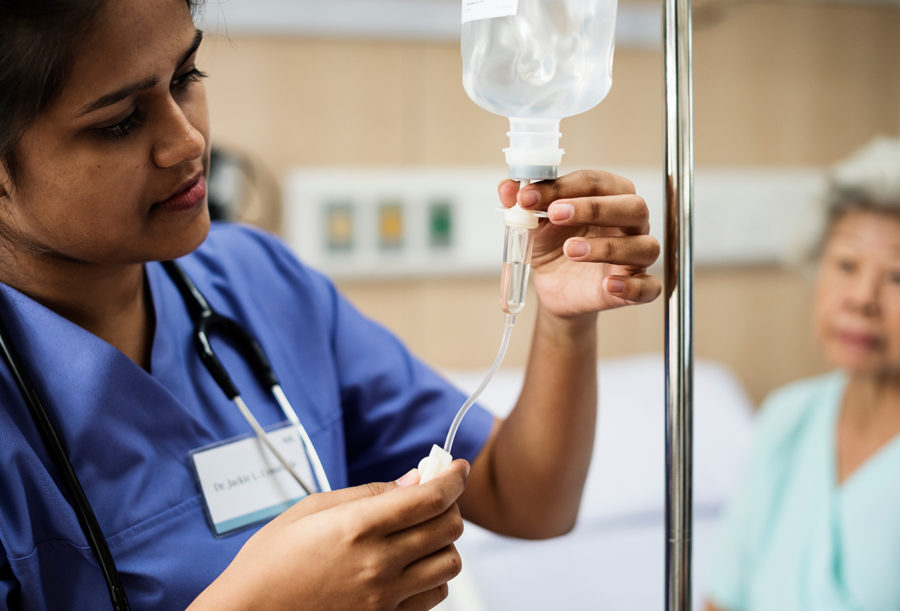
Co-develop, support regulatory approval, and make accessible a new antibiotic treatment for serious bacterial infections in children and adults
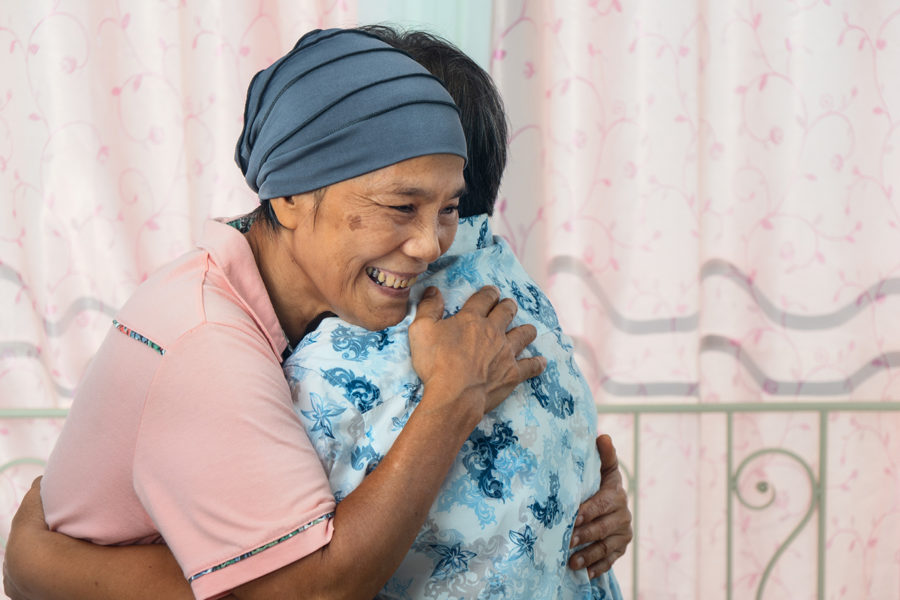
Make accessible a recently approved antibiotic to treat serious bacterial infections

Expand portfolio to develop new treatment(s) for target pathogens, in line with 2024-2028 GARDP Strategy
“Until now carbapenem antibiotics have been the antibiotic class of last resort to treat hospitalized patients with sepsis. But resistance to carbapenems is growing fast around the world, and we have very few alternative treatments. We can’t afford inaction – we must invest right now in new treatments. If we don’t, the number of lives lost to antibiotic-resistant infections will increase dramatically.”
– François Franceschi, Associate Director Serious Bacterial Infections Portfolio
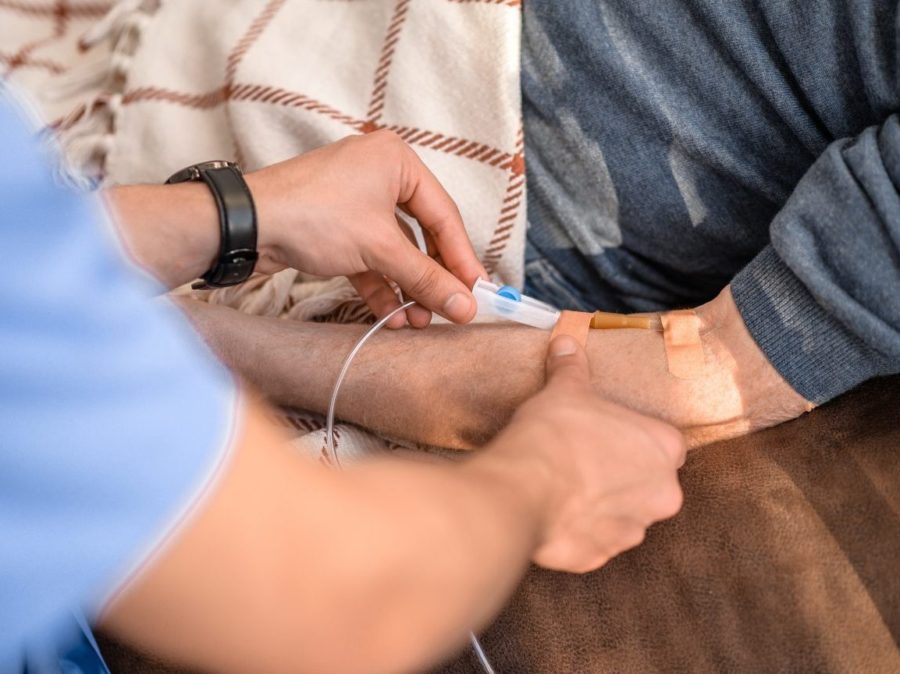
Current projects
Cefepime-taniborbactam drug development project
GARDP and Venatorx Pharmaceuticals Inc. (“Venatorx”) have been collaborating since March 2020 to accelerate the development of cefepime-taniborbactam, an antibiotic combination that has activity against some of the most resistant bacteria, including carbapenem-resistant Enterobacterales and carbapenem-resistant Pseudomonas aeruginosa. These bacteria have been identified as priority pathogens in urgent need of new treatments by the World Health Organization (WHO).
GARDP is also preparing for possible clinical interventional studies that are needed to generate real-world evidence for the proper use of recently approved Reserve antibiotics to treat adults with multidrug-resistant infections. GARDP launched and completed an observational study of patients with carbapenem-resistant infections at 10 hospitals in India and South Africa. The results of this study are forthcoming in 2025, and will provide GARDP and others with data about the current treatments and clinical outcomes of patients with infections caused by carbapenem-resistant Enterobacterales and Pseudomonas aeruginosa. The results will also inform the design of subsequent interventional trials to determine the ability of recently approved Reserve antibiotics to treat patients with infections caused by these carbapenem-resistant pathogens.


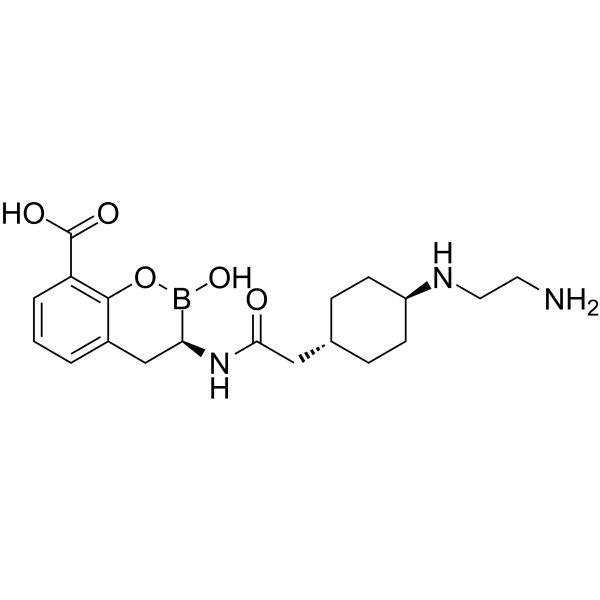
Warning: Undefined array key "felt" in /home/clients/c9b0ed6b0786a56afdaf5611fa7b11b2/web/20221216/wp-content/themes/gardp2/templates/acf/parallax_mobile.php on line 11
Warning: Trying to access array offset on value of type null in /home/clients/c9b0ed6b0786a56afdaf5611fa7b11b2/web/20221216/wp-content/themes/gardp2/templates/acf/parallax_mobile.php on line 11

Warning: Undefined array key "felt" in /home/clients/c9b0ed6b0786a56afdaf5611fa7b11b2/web/20221216/wp-content/themes/gardp2/templates/acf/parallax_mobile.php on line 11
Warning: Trying to access array offset on value of type null in /home/clients/c9b0ed6b0786a56afdaf5611fa7b11b2/web/20221216/wp-content/themes/gardp2/templates/acf/parallax_mobile.php on line 11


Cefiderocol access project
GARDP is collaborating with Shionogi and CHAI on an ambitious project to provide access to cefiderocol, an antibiotic with activity against a number of drug-resistant bacteria on the WHO priority pathogen list, including Enterobacterales. Cefiderocol has been approved by the US FDA and by the European Medicines Agency, and it is included on the WHO Model List of Essential Medicines. Until now, this antibiotic has been available in only a few high-income countries, and it has not been available at all in low- and middle-income countries (LMICs).
Under the license and technology transfer agreement with Shionogi, GARDP will be able to manufacture and commercialize cefiderocol through sub-licensees in almost 70% of countries worldwide (135 countries), most of which tend to have delayed access (if any) to novel antibiotics.
In September 2023, GARDP and Orchid Pharma Ltd. signed a sublicense agreement to manufacture cefiderocol. The agreement has important access, environmental and stewardship provisions, including cost-plus pricing, with a commitment to lower the costs based on volumes to help keep the product affordable for patients and health systems in low-resource settings.
Click here to read about this project in the context of access to antibiotics.



Warning: Undefined array key "felt" in /home/clients/c9b0ed6b0786a56afdaf5611fa7b11b2/web/20221216/wp-content/themes/gardp2/templates/acf/parallax_mobile.php on line 11
Warning: Trying to access array offset on value of type null in /home/clients/c9b0ed6b0786a56afdaf5611fa7b11b2/web/20221216/wp-content/themes/gardp2/templates/acf/parallax_mobile.php on line 11

Warning: Undefined array key "felt" in /home/clients/c9b0ed6b0786a56afdaf5611fa7b11b2/web/20221216/wp-content/themes/gardp2/templates/acf/parallax_mobile.php on line 11
Warning: Trying to access array offset on value of type null in /home/clients/c9b0ed6b0786a56afdaf5611fa7b11b2/web/20221216/wp-content/themes/gardp2/templates/acf/parallax_mobile.php on line 11

Warning: Undefined array key "felt" in /home/clients/c9b0ed6b0786a56afdaf5611fa7b11b2/web/20221216/wp-content/themes/gardp2/templates/acf/parallax_mobile.php on line 11
Warning: Trying to access array offset on value of type null in /home/clients/c9b0ed6b0786a56afdaf5611fa7b11b2/web/20221216/wp-content/themes/gardp2/templates/acf/parallax_mobile.php on line 11

Novel broad-spectrum treatment development project
Novel broad-spectrum treatment development project
In alignment with the 2024-2028 GARDP Strategy, GARDP signed a collaboration agreement with Bugworks Research Inc (“Bugworks”) to provide up to US$20 million in technical and financial support for the clinical and pharmaceutical development of investigational compound BWC0977. This compound has in vitro activity against a broad spectrum of pathogens that lead to serious hospital-acquired infections like pneumonia, bloodstream infections and complicated urinary tract infections. Among these pathogens are WHO critical priority pathogens, carbapenem-resistant Acinetobacter baumannii and Klebsiella pneumoniae, for which there are few treatment options.
GARDP’s support of this project is tied to the successful completion of key R&D milestones that align with GARDP’s public health objectives. GARDP will initially provide critical support for BWC0977’s pharmaceutical development, including product formulation. Later investments will support clinical development and chemistry, manufacturing and controls activities to ensure the final product is suitable for use in diverse countries and contexts, including low-resource settings.
Key milestones
- 2022: SIGNED a license agreement to expand access to a recently approved antibiotic (cefiderocol)
- 2023: WELCOMED news that the FDA has accepted for review Venatorx’s New Drug Application for cefepime-taniborbactam
- 2023: SIGNED manufacturing sublicense agreement with Orchid Pharma for the antibiotic cefiderocol
- 2024: SIGNED collaboration agreement with Bugworks to develop investigational compound (BWC0977)
- 2024: COMPLETED observational study to understand treatments and outcomes of patients with serious bacterial infections (results forthcoming)




About serious bacterial infections
About serious bacterial infections
Bacteria have built-in abilities to develop resistance, for example by degrading and/or deactivating antibiotics, or by blocking penetration of the antibiotic. Resistant bacteria can then pass on their genetic material to their progeny or to neighbouring bacteria, resulting in the spread of antibiotic resistance. A striking example is NDM-1, an enzyme that allows bacteria to degrade even some of the newest antibiotics. Bacteria producing NDM-1 were first discovered in 2006; since then, they have been found in 80+ countries and have caused outbreaks of drug-resistant infections in hospitals around the world.
Although anyone, anywhere can be infected by these highly resistant bacteria, people in hospitals are especially susceptible. These infections occur when resistant bacteria get into the body through wounds, surgery sites, ventilators, and catheters. They cause a range of problems, including pneumonia as well as infections in the urinary tract, abdomen, soft tissue and bloodstream, which can lead to sepsis and cause significant loss of function and eventually death. As antibiotic resistance spreads, patients undergoing common surgeries (like hip replacements) or with suppressed immune systems (for example, cancer patients) are at greater risk for these serious bacterial infections. Having effective antibiotics to treat such infections are foundational to the practice of modern medicine.
Learn more
Learn more
- Serious bacterial infections factsheet
- Collaboration overview between GARDP and Venatorx Pharmaceuticals Inc.
- Licence agreement overview between GARDP and Shionogi & Co., Ltd.
- Collaboration and license agreement overview between GARDP and Bugworks Research Inc.